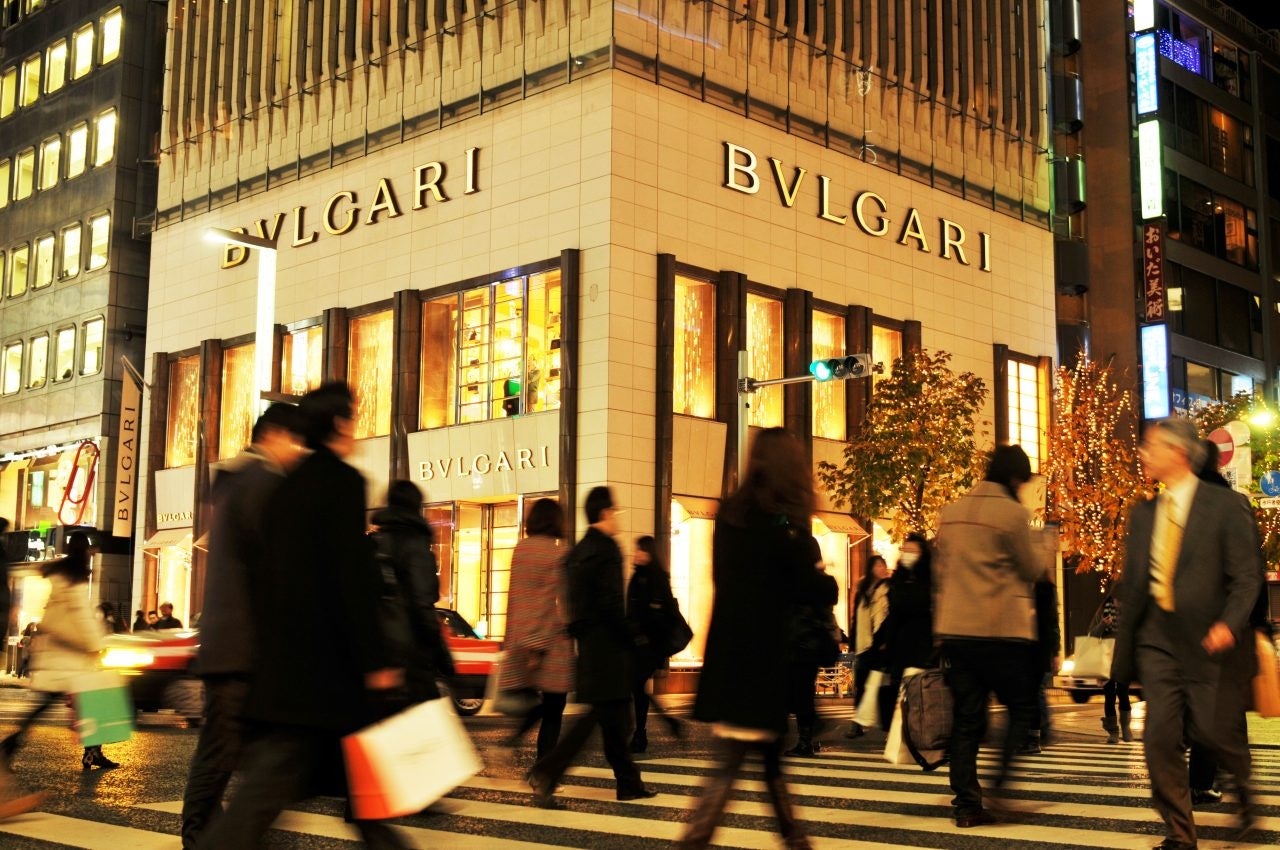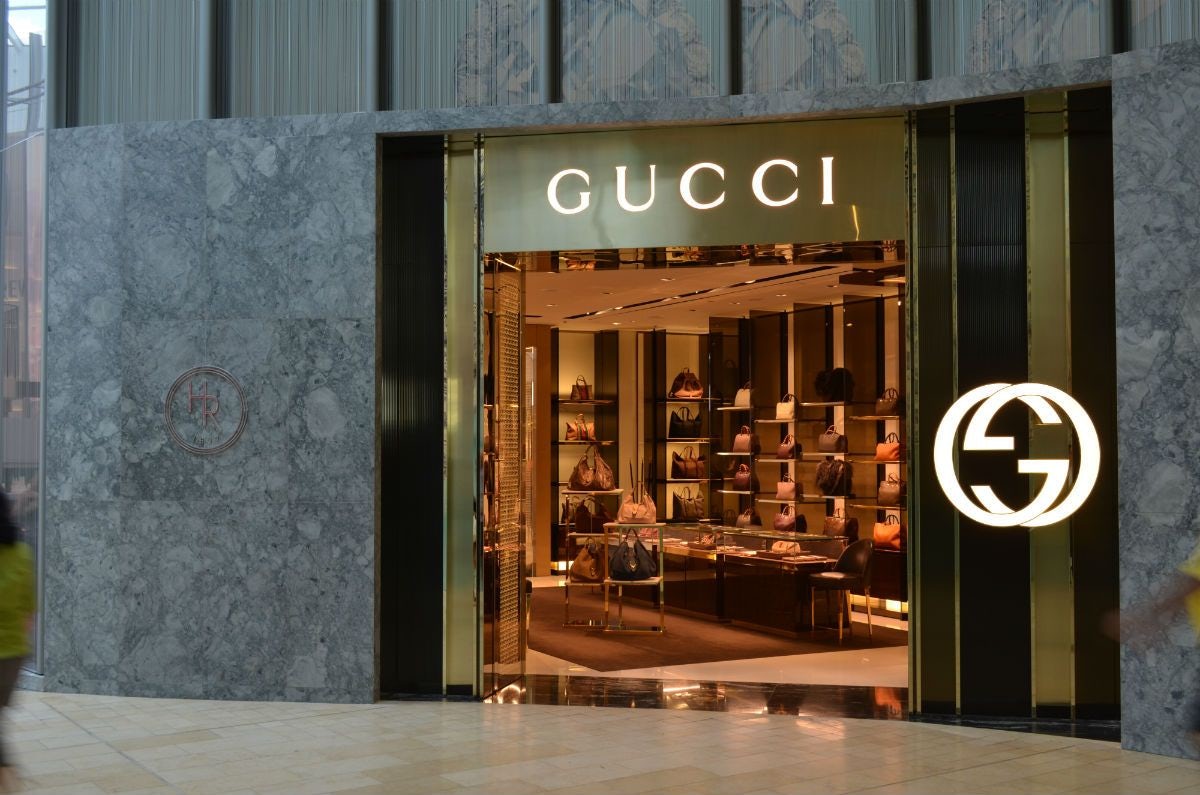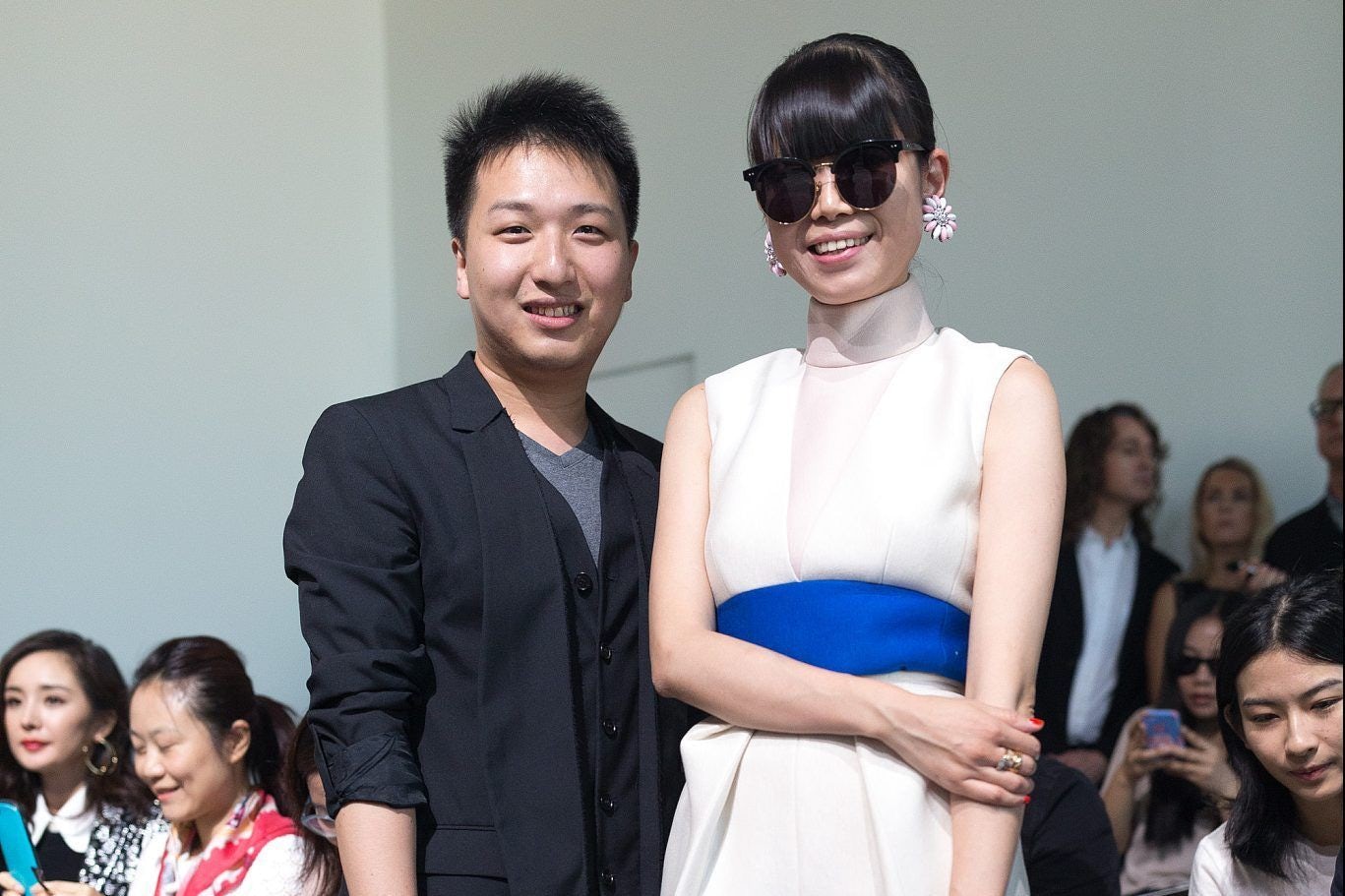Affluent Chinese consumers are projected to make up to 44 percent of the global luxury consumption across the globe by 2025, according to McKinsey & Company. This would double their current level of spending to one trillion yuan (US147 billion),
The consulting company, which issued a Chinese-language industry report on June 13, also expects the total market share of the global luxury market to reach 2.7 trillion yuan (US397 billion) in 2025, which will be mainly driven by China.
In 2016, Chinese buyers from rich households (7.6 million) spent over 500 billion yuan to purchase nearly one third of luxury goods in the world. The average spending from these buyers on luxury products was 71,000 yuan, which doubled that of a household in France or Italy.
Since 2008, the number of Chinese households that can afford luxury products has doubled thanks to the increase in their disposable income and the variety of shopping channels.
McKinsey noted that, in recent years, these customers have become the established luxury consumers. With Chinese shoppers maturing, it's imperative for luxury brands to shift their focus from attracting new clients to adopting strategies to build and retain the loyalty of their existing ones.
The report highlights the importance of "word of mouth" in the purchasing decisions of Chinese consumers. Receiving positive reviews from friends and family will be the most important factor influencing the choices of luxury shoppers.
The practice of “impulse buying," however, is still prevalent among Chinese consumers, making it a necessity for luxury brands to keep their labels at the "top-of-the-mind" when consumers look for information on what to buy.
Regarding digital strategy, McKinsey reported that official online stores of luxury brands currently accounted for only seven percent of sales. The low conversion rate is not likely to be improved in the short term. However, the development of online-to-offline (O2O) channels in China might help brands attract more sales on their online platforms.
When it comes to factors that Chinese consumers look for when purchasing luxury goods, "quality," "authenticity" and "price" continue to matter. Chinese consumers are in pursuit of high quality, authentic products, and they're sensitive about price.
Duty-free stores (both within the free trade zone and in airports), where products are offered tax-free, are the top channels for purchasing luxury goods. Department stores and the brands's specialty boutiques—places where authenticity is guaranteed—come next.
In terms of recommendations to luxury brands, McKinsey advises them to focus on improving the quality of their services and reducing the price difference between domestic and overseas purchases. Luxury brands also need to ensure that consumers can find their core products in stores while also offering special editions, personalized services and local events.



